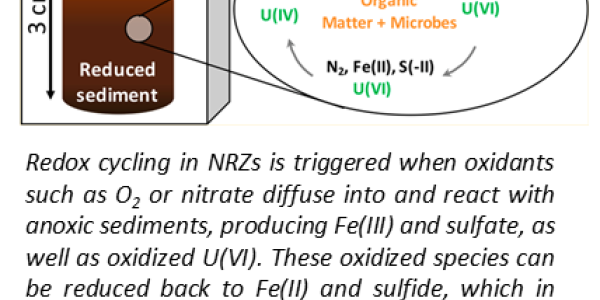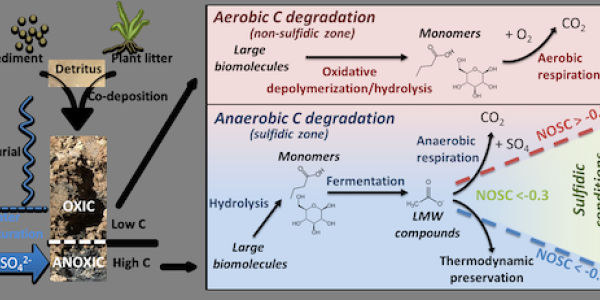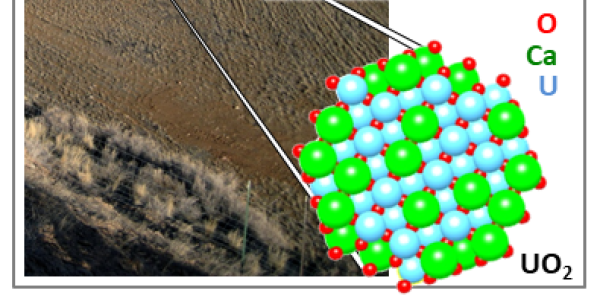Research Highlights
News
Oxidative release of U(IV) from NRZs is slow because of low diffusivity, rapid consumption of oxidants by the sediments, and rapid U(VI) re-reduction ...

News
Thermodynamically controlled preservation of organic carbon in floodplains | Nature Geoscience A new study combining X-ray absorption spectroscopy (XAS) at SSRL with...

News
http://www.pnas.org/content/114/4/711.abstract A new multi-technique study using X-ray absorption spectroscopy at SSRL, nanoscale secondary Ion mass spectroscopy at EMSL, and scanning transmission X-ray microscopy...

News
The Science. Oxidative dissolution of U(IV) to U(VI) controls the release of uranium from reduced sediments to groundwater. In this study, uraninite (UO...

